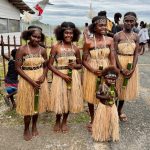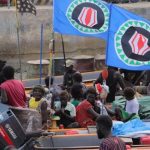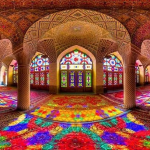When planning travel to West and Central Africa, even the most seasoned adventurer can get a little confused by the trio of countries that share the same name: Guinea, Guinea-Bissau, and Equatorial Guinea. So what’s the story behind this confusing nomenclature? Why are there three Guineas, and how do you tell them apart?
Table of Contents
At YPT, we don’t just take you to the world’s most misunderstood places, we help make sense of them too. Read on for a full breakdown of the three Guineas: their history, geography, colonial quirks, and why each one deserves a spot on your travel radar.
First, what does “Guinea” even mean?
The word Guinea dates back to medieval Arab traders, likely derived from the Berber word aginaw or aginawen, meaning “land of the blacks.” Portuguese explorers in the 15th century picked up the term to describe the West African coast south of the Senegal River; essentially anything beyond the Sahara.
As European powers scrambled for influence on the African continent, the name “Guinea” became a catch-all for a broad, poorly defined region along the Gulf of Guinea. From this vast area emerged several colonial claims, borders were drawn (often arbitrarily), and three distinct Guineas eventually emerged.
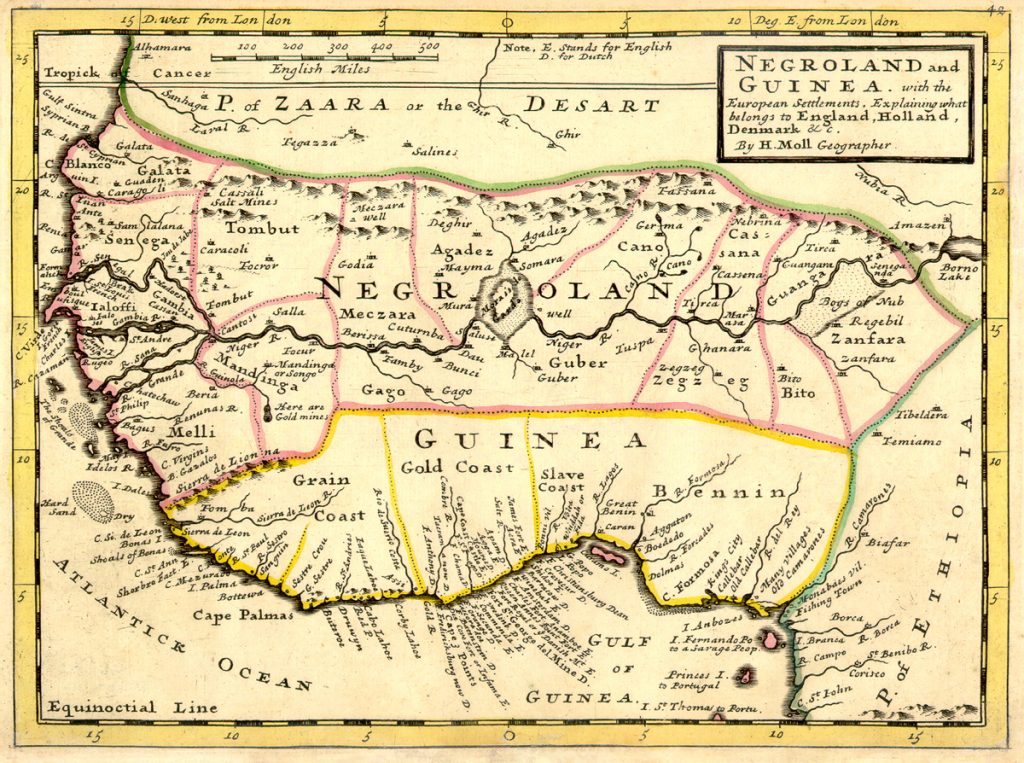
Guinea (Conakry): The Revolutionary Republic
Geography of Guinea
Located on the Atlantic coast of West Africa, Guinea shares borders with Senegal, Mali, Côte d’Ivoire, Liberia, Sierra Leone and Guinea-Bissau. It spans coastal plains, tropical forests, and the mountainous Fouta Djallon region, which forms the watershed for several major rivers, including the Niger, Gambia and Senegal.
A brief history of Guinea
Colonised by France in the late 19th century, Guinea was part of French West Africa (Afrique Occidentale Française). It played a central role in the decolonisation of Africa when, in 1958, it became the first French African colony to vote for full independence, led by Sékou Touré. This bold move led to immediate French withdrawal and decades of autarkic rule and repression under Touré’s Marxist regime.
Guinea spent much of the 20th century isolated, aligning with the Soviet Union and later struggling through military coups, authoritarian rule, and underinvestment. Despite its rich bauxite and gold deposits, the country remains underdeveloped but fiercely proud of its independence.
Why visit Guinea?
For travellers, Guinea offers dramatic landscapes, vibrant music culture (especially djembe drumming and griot storytelling), and a chance to explore the raw reality of post-colonial West Africa far from the tourist trail.
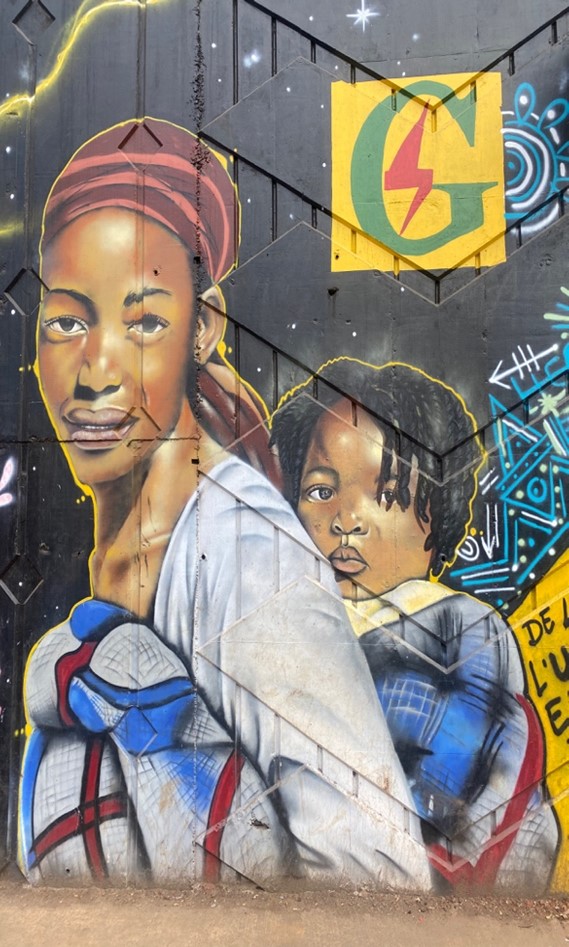
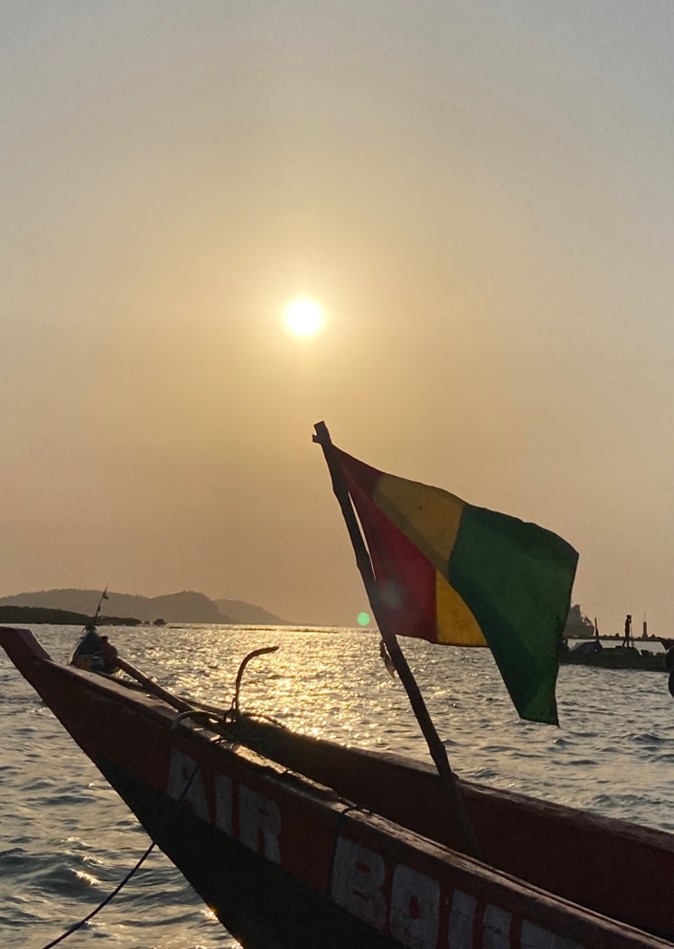
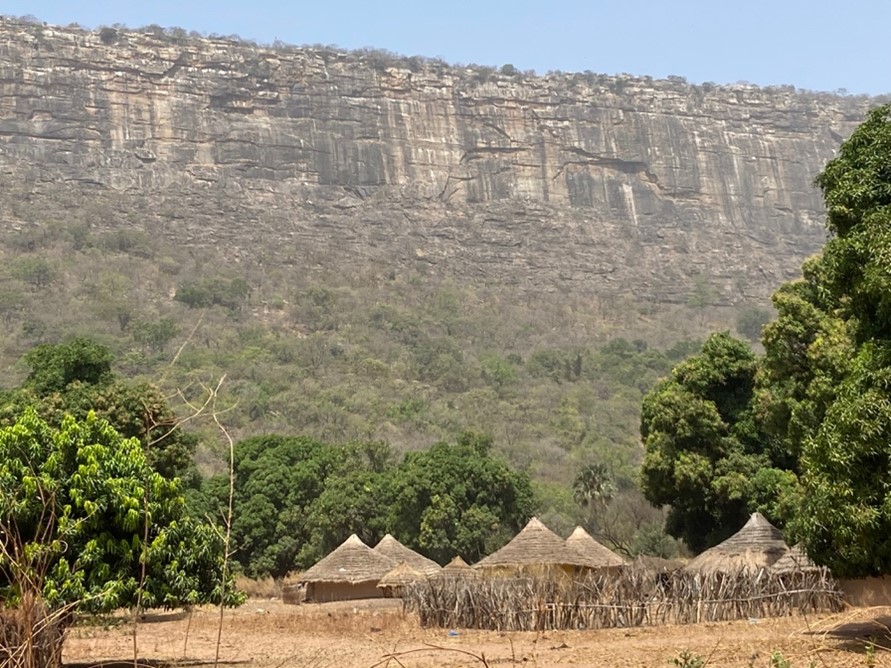
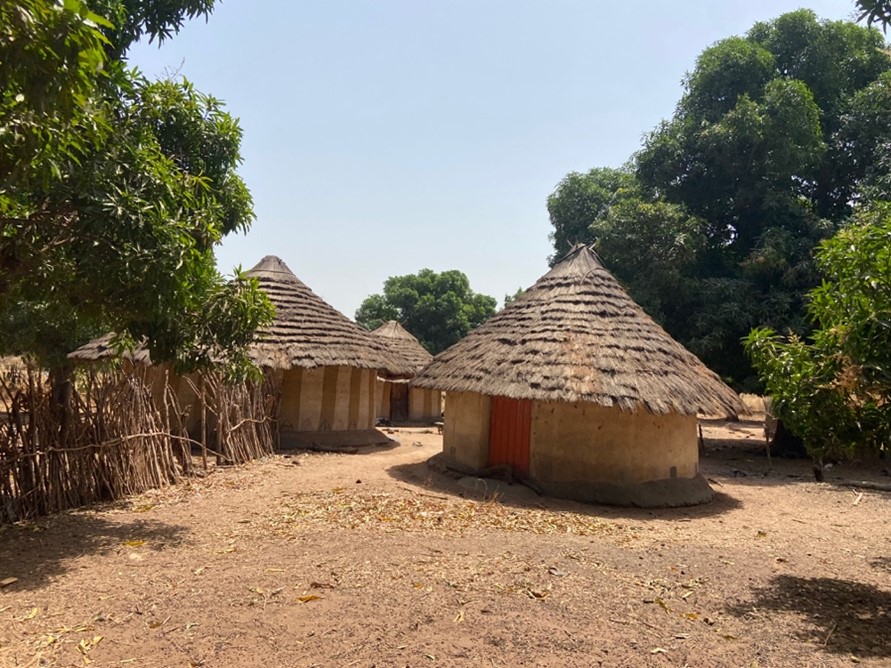
Guinea-Bissau: The Forgotten Archipelago Nation
Geography of Guinea-Bissau
Guinea-Bissau is one of Africa’s smallest countries, wedged between Senegal and Guinea. Much of the terrain is low-lying coastal plains, mangroves and islands, including the stunning Bijagós Archipelago, a UNESCO Biosphere Reserve with unique matriarchal island cultures and sacred traditions.
A brief history of Guinea-Bissau
Formerly part of the Portuguese Empire, Guinea-Bissau was once known as “Portuguese Guinea.” It became a hub of the trans-Atlantic slave trade, then fell into colonial neglect until the 20th century. From the 1960s, it was the heartland of one of Africa’s most successful anti-colonial struggles, led by Amílcar Cabral and the PAIGC (African Party for the Independence of Guinea and Cape Verde).
After a brutal guerrilla war, Guinea-Bissau declared independence in 1973 and was recognised in 1974 following Portugal’s Carnation Revolution. It later split politically from Cape Verde, despite shared liberation roots.
Since independence, Guinea-Bissau has struggled with political instability, repeated coups, and poverty. Yet its warm, understated charm and cultural richness remain intact. The country is famous for its relaxed rhythm, diverse ethnic groups, and Portuguese-African fusion music.
Why visit Guinea-Bissau?
Visit for the Bijagós Islands, colourful markets, colonial-era ruins, and a taste of Afro-Portuguese culture. Few countries feel as “untouched” by mass tourism as Guinea-Bissau.
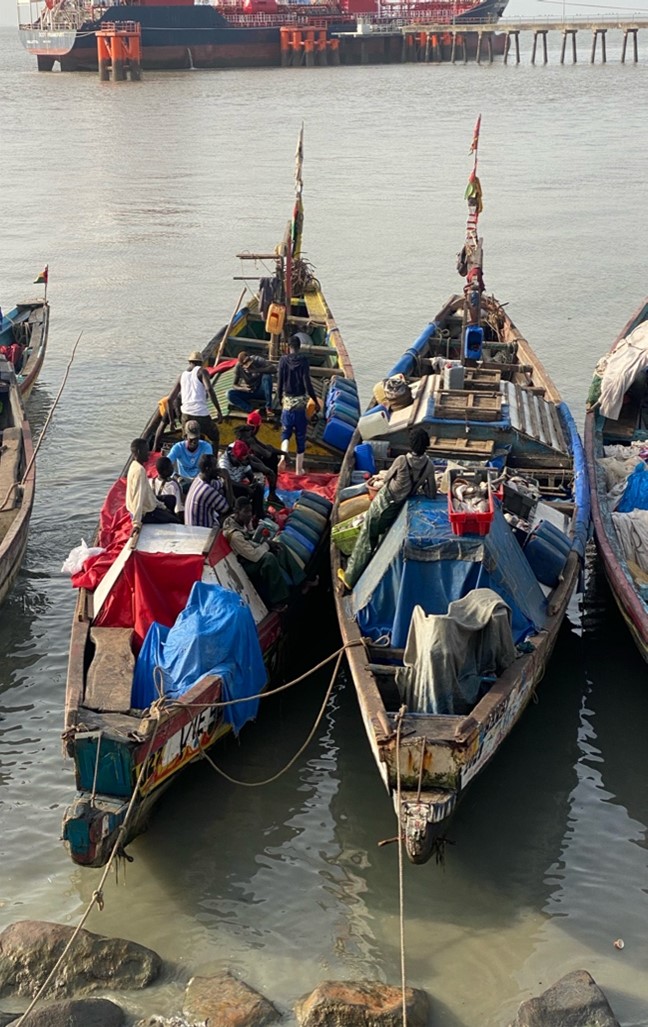
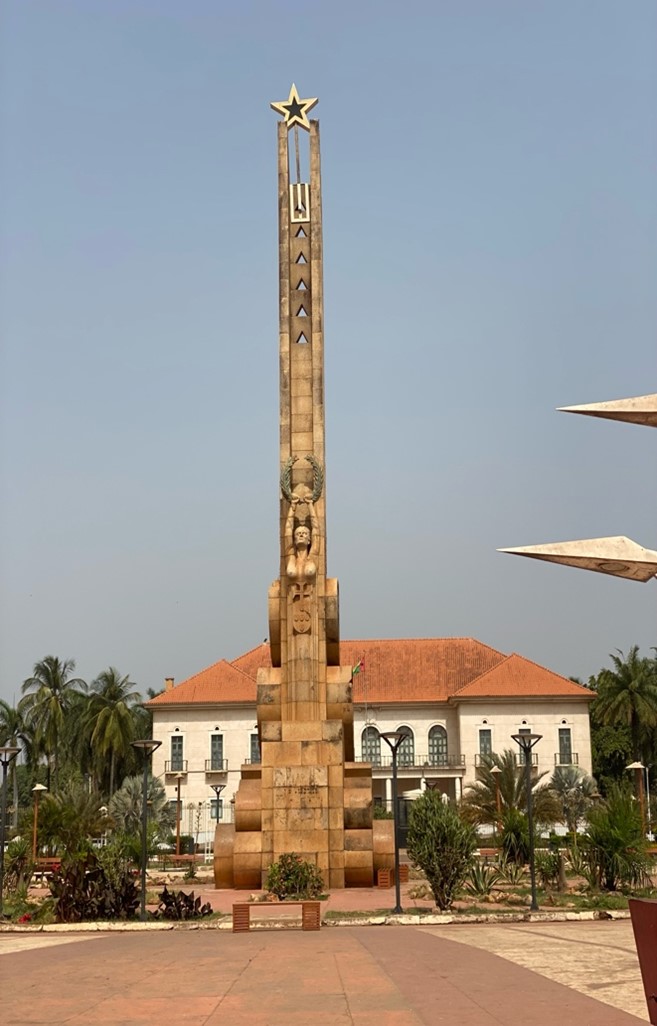
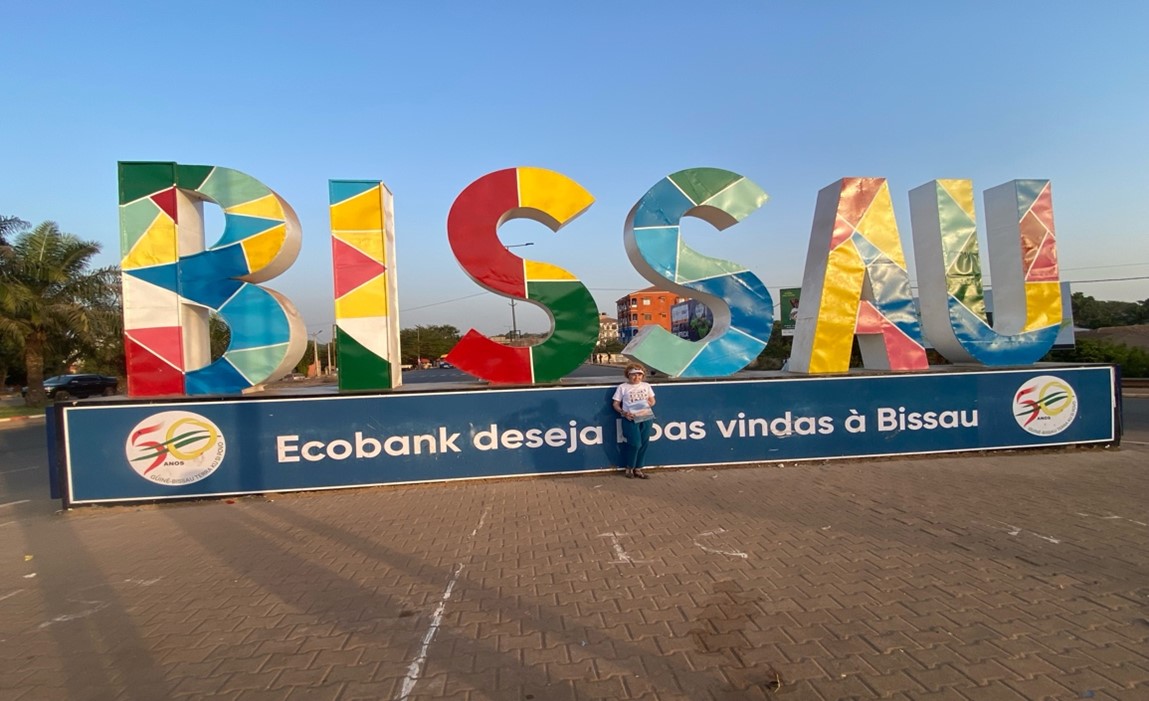
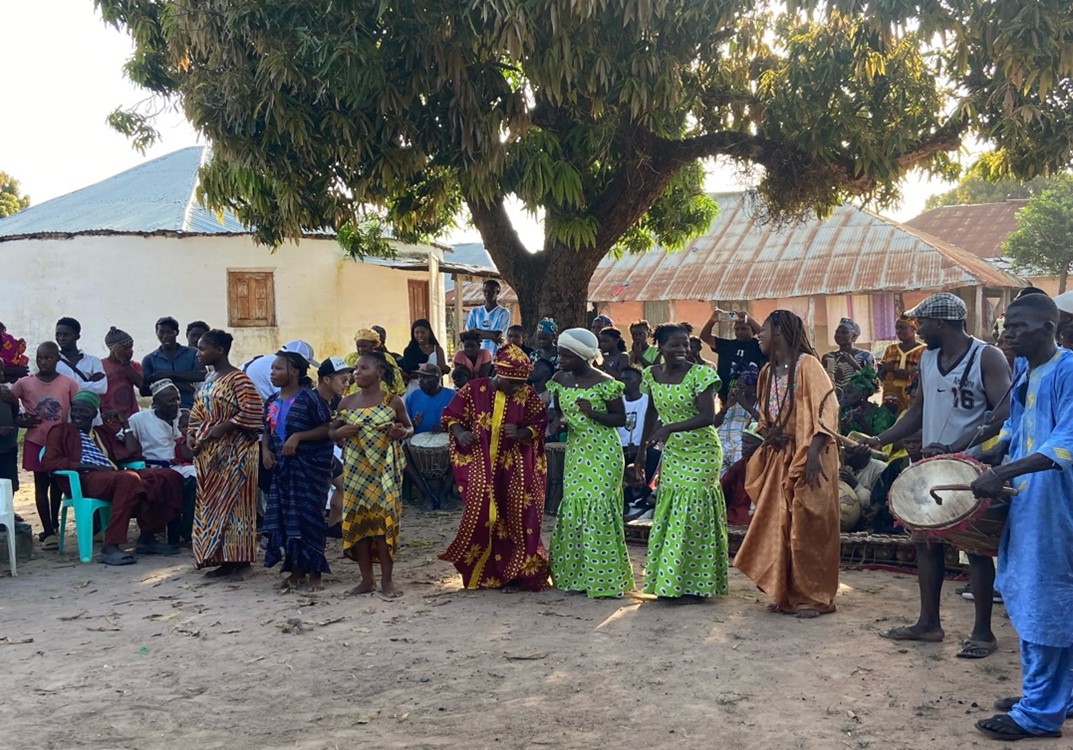
Equatorial Guinea: Oil Rich and Off the Radar
Geography of Equatorial Guinea
Equatorial Guinea is the odd one out, geographically in Central Africa rather than West Africa, and the only country in Africa where Spanish is the official language. It includes:
- Río Muni, the mainland area bordered by Cameroon and Gabon;
- Bioko Island, home to the capital Malabo;
- Annobón, a remote volcanic island far to the south in the Gulf of Guinea.
Its location straddles the equator, hence the name Equatorial Guinea.
A brief history of Equatorial Guinea
Originally colonised by the Portuguese, it was ceded to Spain in the 18th century and became known as Spanish Guinea. Spain’s hold was loose until the 20th century, and only in the 1950s did Equatorial Guinea become a formal Spanish province.
It gained independence in 1968 and fell under the brutal dictatorship of Francisco Macías Nguema, who was later deposed by his nephew Teodoro Obiang Nguema, the current president and one of the world’s longest-serving leaders.
Oil was discovered in the 1990s, transforming the country’s economy. Equatorial Guinea now has one of the highest per capita GDPs in Africa, but this wealth is highly concentrated among the elite.
Why visit Equatorial Guinea?
With surreal modern cities, empty roads, rainforests, and Spanish colonial architecture, Equatorial Guinea offers a strange and unforgettable travel experience. Bioko Island, in particular, is a highlight for volcano lovers and those chasing eerie beauty.
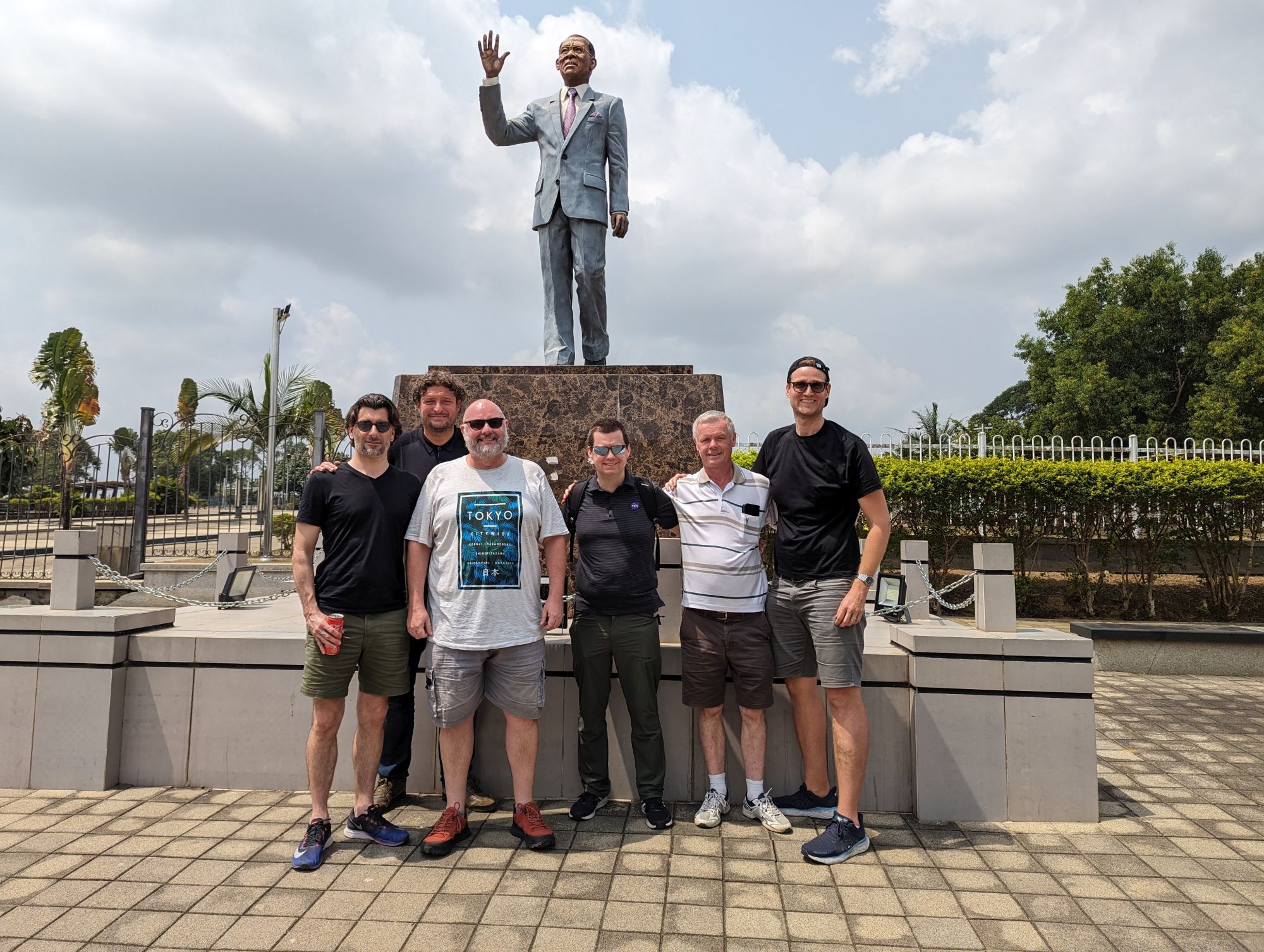
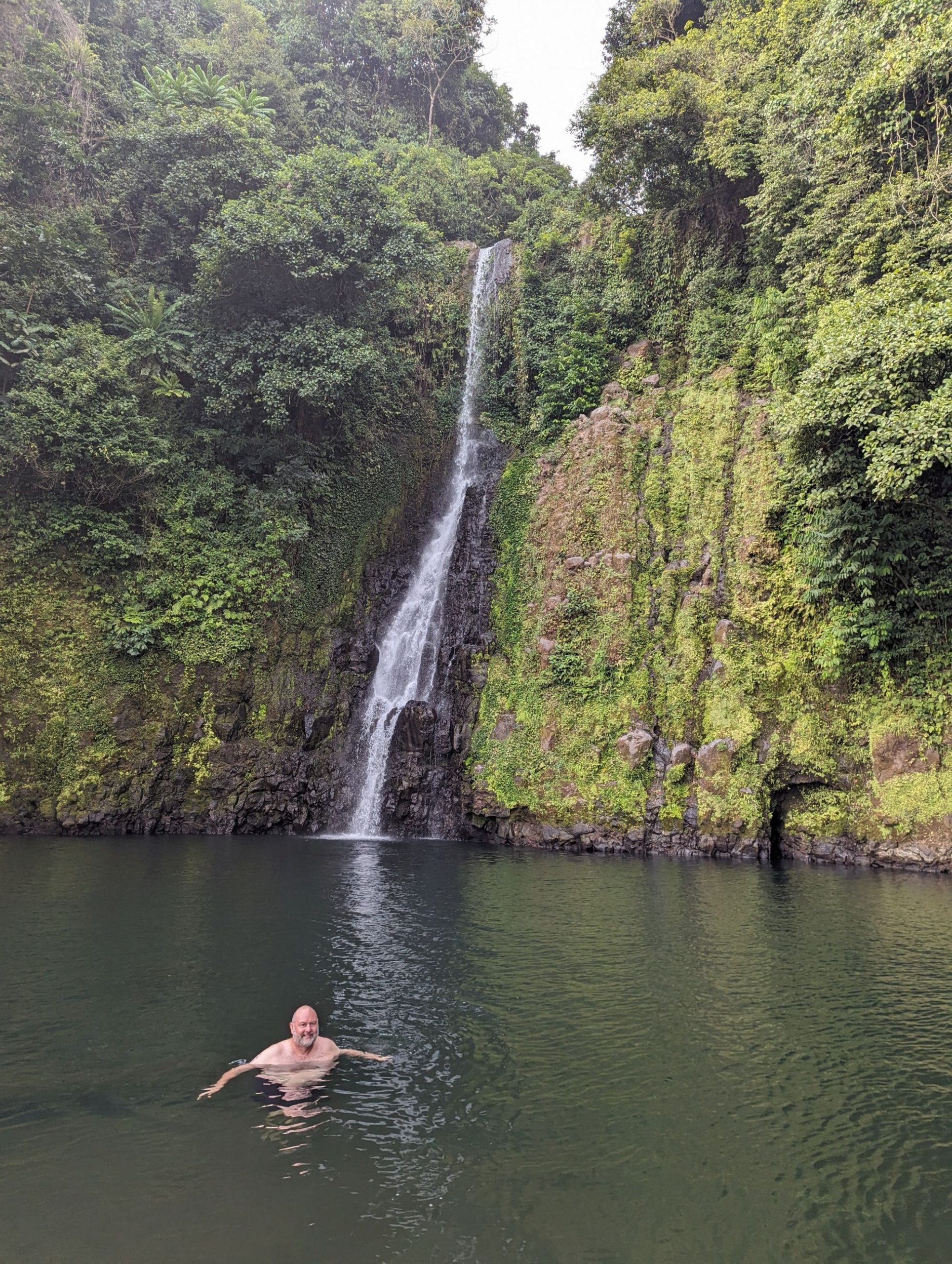
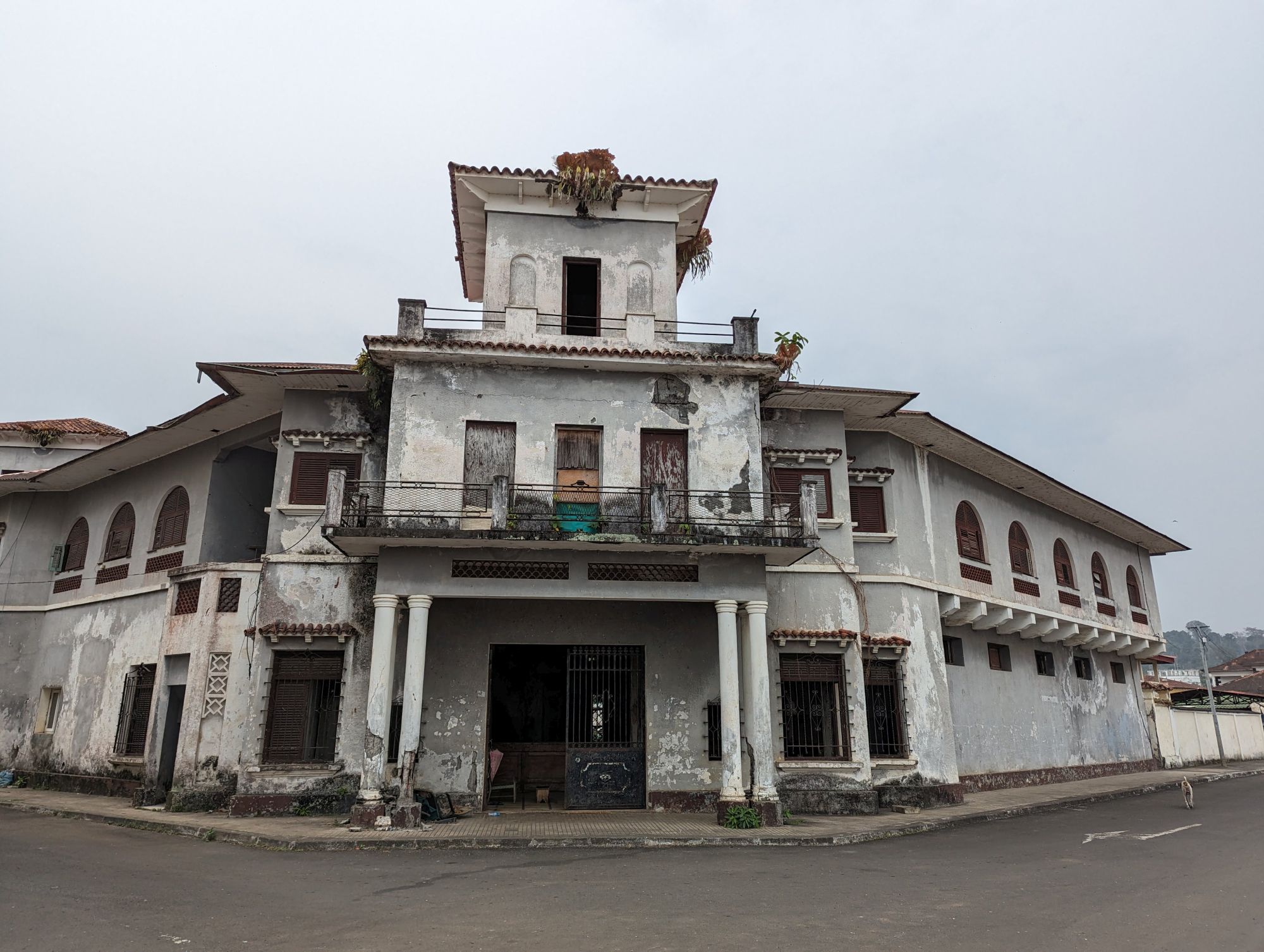
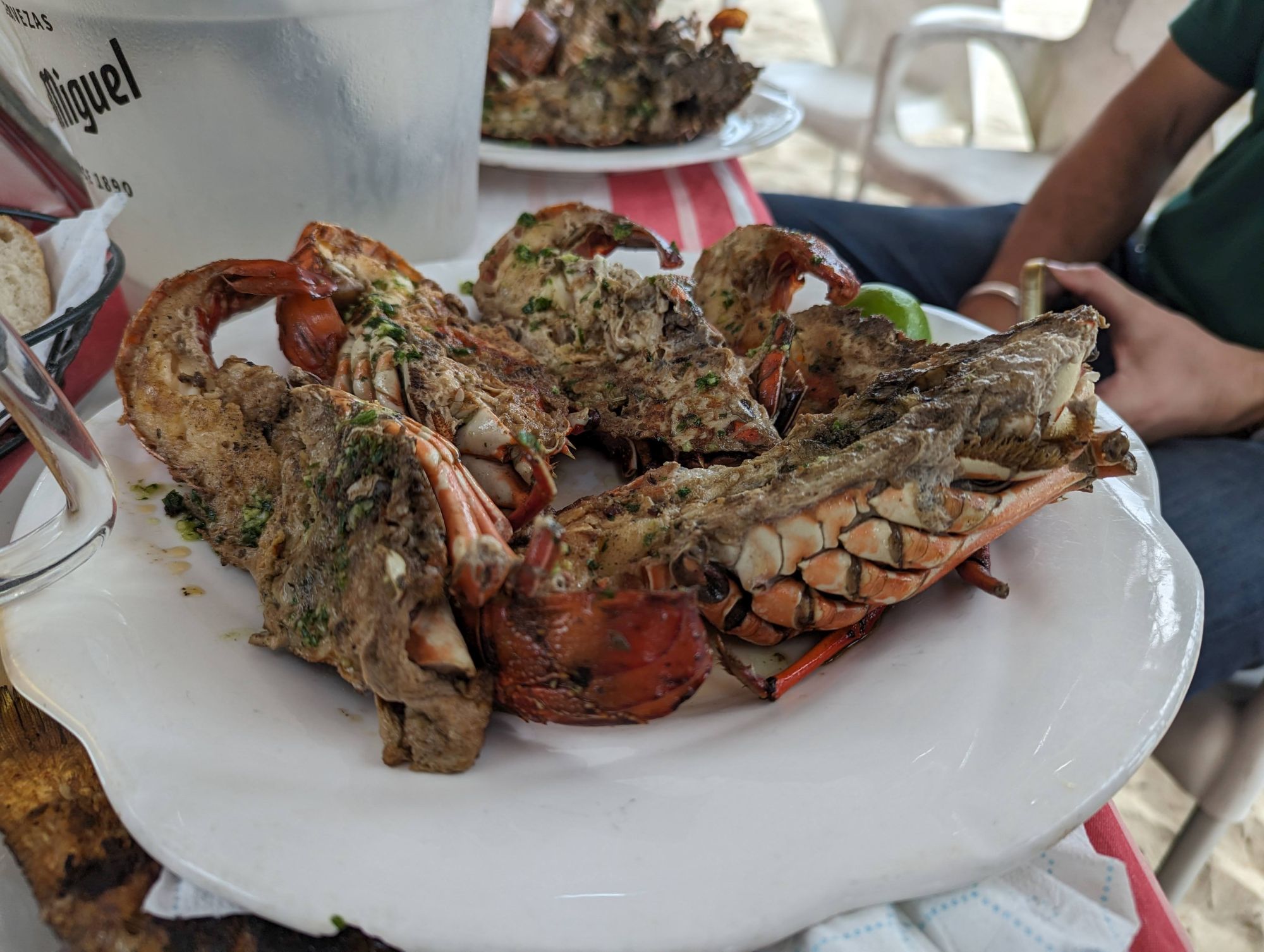
TL;DR – Guinea Cheat Sheet
| Country | Colonial Language | Location | Capital | Known For |
|---|---|---|---|---|
| Guinea | French | West Africa | Conakry | Bauxite, Fouta Djallon, Sékou Touré |
| Guinea-Bissau | Portuguese | West Africa | Bissau | Bijagós Islands, Creole culture, cashew farms |
| Equatorial Guinea | Spanish | Central Africa | Malabo (soon Ciudad de la Paz) | Oil, Bioko Island, authoritarian regime |
If you’re the kind of traveller who wants to go beyond the guidebook, the three Guineas offer an unbeatable combination of mystery, history, and raw authenticity. They’ve got different languages, landscapes, and political stories, but all share a unique link to an overlooked corner of African history.
Let YPT take care of the red tape (and there’s a lot of it) and experience these places safely and insightfully. Guinea and Guinea Bissau are part of our West Africa Overland combo and Equatorial Guinea can be visited individually.



